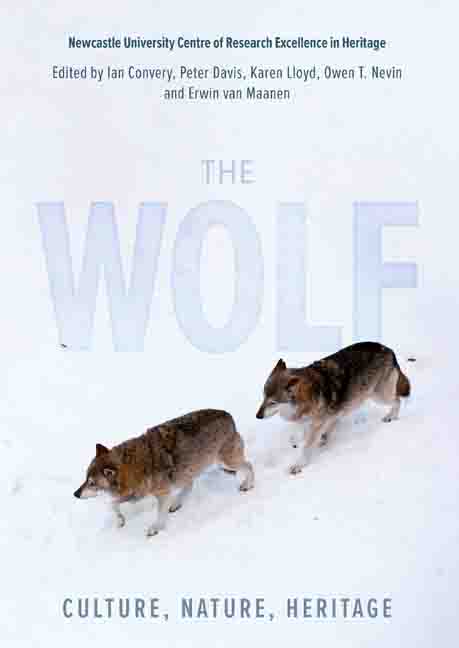Book contents
- Frontmatter
- Dedication
- Contents
- List of Illustrations
- Preface and Acknowledgments
- List of Abbreviations
- Poem: Trophic Cascade by Camille T Dungy
- Foreword
- Part I Imagining the Wolf
- Part II What Makes the Wolf
- Part III Return of the Wolf
- Part IV Personal Encounters
- Afterword: The Ecological Disadvantage of Living on an Island
- Glossary
- List of Contributors
- Index
19 - Is That a Wolf? Politics, Science and Red Wolf Identity
Published online by Cambridge University Press: 10 January 2024
- Frontmatter
- Dedication
- Contents
- List of Illustrations
- Preface and Acknowledgments
- List of Abbreviations
- Poem: Trophic Cascade by Camille T Dungy
- Foreword
- Part I Imagining the Wolf
- Part II What Makes the Wolf
- Part III Return of the Wolf
- Part IV Personal Encounters
- Afterword: The Ecological Disadvantage of Living on an Island
- Glossary
- List of Contributors
- Index
Summary
INTRODUCTION
A grey-brown lupine predator emerges from swampy brush. As it lopes across a clearing, a hunter squints through his scope. What is it? What does the hunter think he sees? Will he pull the trigger?
The animal the hunter sees is a red wolf – maybe. Red wolves (Canis rufus), weighing up to 36kg, were once apex predators in the region from Texas to New York (FWS 2022a; Fig 19.1). After going extinct in the wild, they were reintroduced by the US Fish and Wildlife Service (FWS) in 1987. However, by 2020, the red wolf recovery programme (RWRP), celebrated as a triumph of ecological restoration 15 years before, stood on the brink of collapse. The return of wild canids, and the way human beings understand them, is challenging in many parts of the world, but is particularly vexing in the case of the red wolf. The ecological complexities of restoration have become political complexities, as one of the programme's biggest challenges is the claim that the red wolf is not a legitimate species.
Of Red Wolves and Men
From colonial times, European settlers hunted red wolves vigorously (Beeland 2013). Until recently, predator elimination was a nationwide wildlife management goal such that large predators went extinct in much of the mainland United States. Human communities thus spent decades without interacting with them.
By the 1960s, the only remaining wild red wolf population was restricted to bayous on the Louisiana–Texas border. Red wolves were federally listed as endangered in 1967 – they were, and remain, one of the most endangered predators on Earth (FWS 2018b). FWS captured these animals and placed 14 of them in a captive breeding programme. In 1980, FWS declared red wolves biologically extinct in the wild (FWS 2018b).
In 1987, after years of intensive preparation by wildlife biologists, FWS reintroduced red wolves to Alligator River National Wildlife Refuge, on North Carolina's Albemarle Peninsula; the adjacent five counties were designated as the red wolf recovery area (Fig 19.2). In order to offer management flexibility and public goodwill, and to protect people from legal action if they accidentally harmed a wolf, FWS designated the reintroduced red wolves as a nonessential experimental population under the Endangered Species Act (Waddell and Rabon 2012).
- Type
- Chapter
- Information
- The WolfCulture, Nature, Heritage, pp. 217 - 230Publisher: Boydell & BrewerPrint publication year: 2023

